This week has been wonderfully productive and engaging. I spent a good deal of time slowly working through plotting the constellation boundaries and zodiacal stars/lines in Illustrator. This document will be the basis of all the contextual imagery that I use for the models, and once I sorted out just how to plot the map projection the rest has been typically repetitive. With Geremy’s assistance we gathered all the RA and DEC data for the boundaries and stars, converted those all to decimal degrees (this is a handy website) so that in my 360cm document I could simply punch in the numbers, and then…punched in the numbers. Below is a quick screen capture of all the data plotted.
I really love how this looks, though prefer the stars without the lines. The H.A. Rey drawings do indeed look more like what the constellations are thought to depict – but they are too representational. I have ideas for a range of outputs using a combination of lines and stars and boundaries. I like how abstract the imagery becomes when presented in isolation or in part: that one may not recognize these as zodiacal constellations, or that one might. I have a fear that the project might make me the crazy space lady in the art world, or that, as sometimes happens, people will confuse astronomy with astrology. Let me say now, then to any new-age types: I do not care about the ‘coming’ or the ‘return’ of Saturn.
I am sure that I will use the laser cutters as Assentworks to out put to wood, or aluminum, or plastic, or plexi – I did one test the other day and I am completely smitten by the output, though I can’t get a great image. Here is one anyway, and a LINK to video of laser cutting on aluminum scraps. I must mention here that the people at Assentworks are awesome. Jason is incredibly friendly and helpful, Andrew gave me many tips on file prep and also helped me cut some plexi (I really need to learn how to use basic shop tools), Greg was willing to let Saturn take over the Solid Works workshop, Randy just sat down and made the files for me while I watched and provided specs, and Erika has been available to guide and assist: thank you!
What has been most exciting this week has been the 3d modelling. On Thursday I took a workshop in Solid Works at Assentworks, and one of the CAD files we sketched up was Saturn, of course. Randy, a regular there, had also offered to help me out for an hour, and he created some files in another CAD program. Then, Erika and I fumbled a bit with Solid Works before deciding to just try to out put the file that Randy helped prepare already. We were able to simply scale the 3″ model to output at that size, at 1.5″, and a .75″ (planet diameter), in addition to applying some colour and attempting an image ‘wrap.
This Zcorp machine is fantastic. One can do full colour 3d scans of existing objects and the machine will output it – in full colour plaster. Here are some samples that are sitting around Assentworks:
And here is a video of us starting the vacuum to remove extra powder from the chamber. I felt like a bit of an archaeologist digging out the planets – we were able to print six files in the one chamber. The total setup took longer than it could have, simply because I had no clue what I was doing. We had some challenges replacing a print head and some colour cartridges, and there was a moment when I thought I might have spent a thousand dollars on powder but did not (the machine prepares the bed with a base of powder, then lays down the models and more powder as support, and that gets recycled in the machine). Here are a bunch of pictures of the process, and another video of the fine powder removal process.:
There are a few ways to finish the surface of the plaster models, including wax dipping and using some weird proprietary solvent, both of which seal and bring out the colours. I tried both, and think that the solvent would be better for the image wrapped piece (I used the wax on that one). We didn’t have any amazing amount of control over the colour/image wrapping process (you can see that only part of the planet got the image, and that the atmosphere is not in the correct equatorial orientation), but all in all, for about 4 hours of help prepping 3-d files, probably 4 hours trying to send to print, an hour digging out and cleaning, then waiting for the wax to heat up: all in all a fantastic first set of tests! Below, some slightly better images of the models, with some quarters for scale.
There is no way I could produce such models by hand, I just do not have the skill. But that such a machine is so easily accessible and not too difficult to use – too bad there is no Assentworks in every city in Canada. As with code and electronics, I’m not sure I have the time or energy or capacity to learn how to use CAD applications, but Erika has offered her experience with Rhino for hire, and I can get that for mac and pc and slowly try to learn along.
Geremy will arrive in town on Saturday for the final stretch and I have to work out if we will spend that time preparing files for and doing some laser cutting, or, Erika’s time permitting, trying to gain some better skill with mechanical connections and what not.
Upcoming public events:
I will be on the radio show Eat Your Arts & Vegetables CKUW 95.9 FM Winnipeg, along with Erika Lincoln, talking about our respective art projects with co-hosts Aleem Khan and Derek Brueckner this coming Thursday, 5:30pm local time.
And I will be giving an artist lecture on Wednesday, May 28th, 7pm, in the 3rd floor studio of Video Pool.

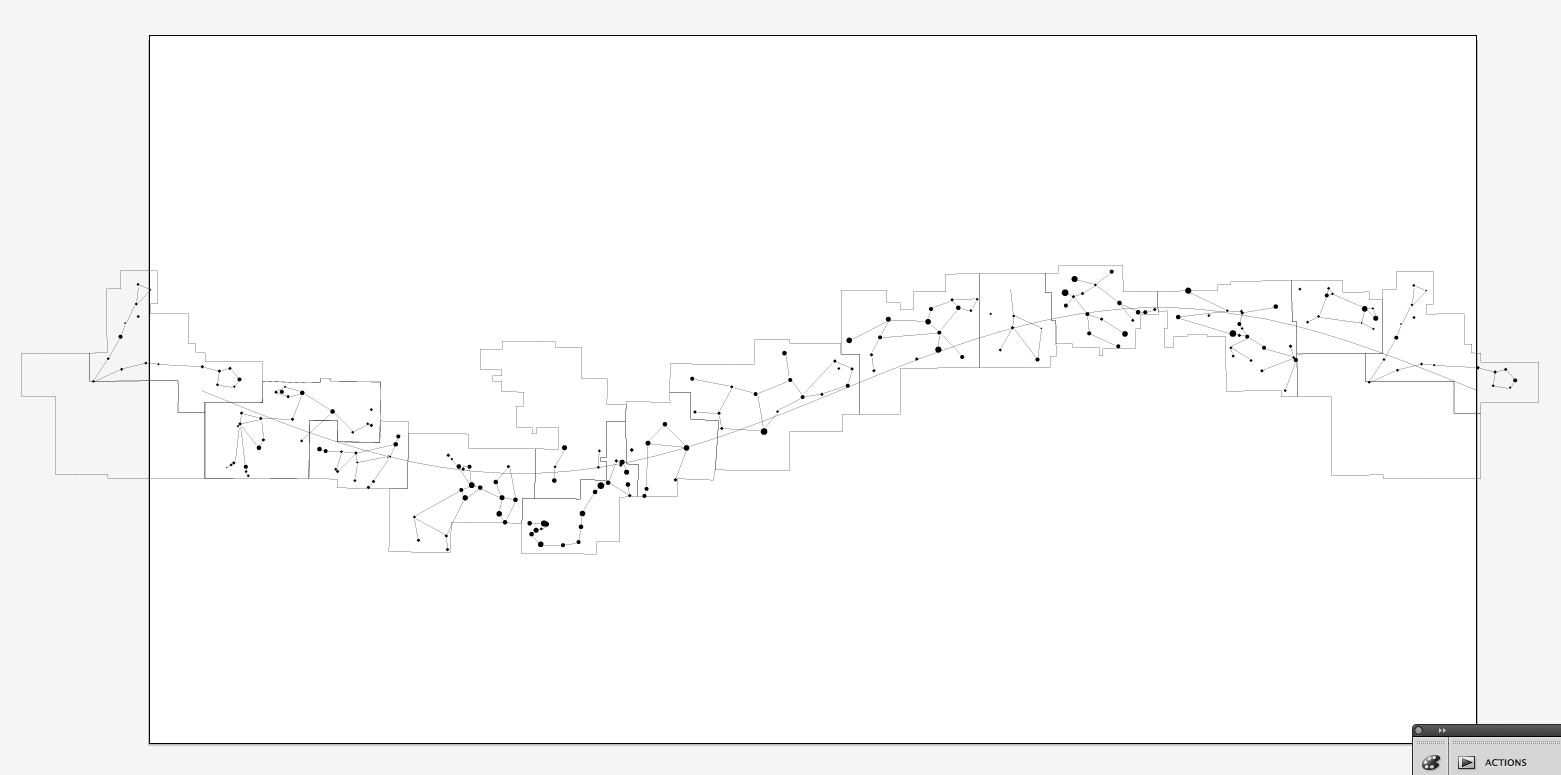


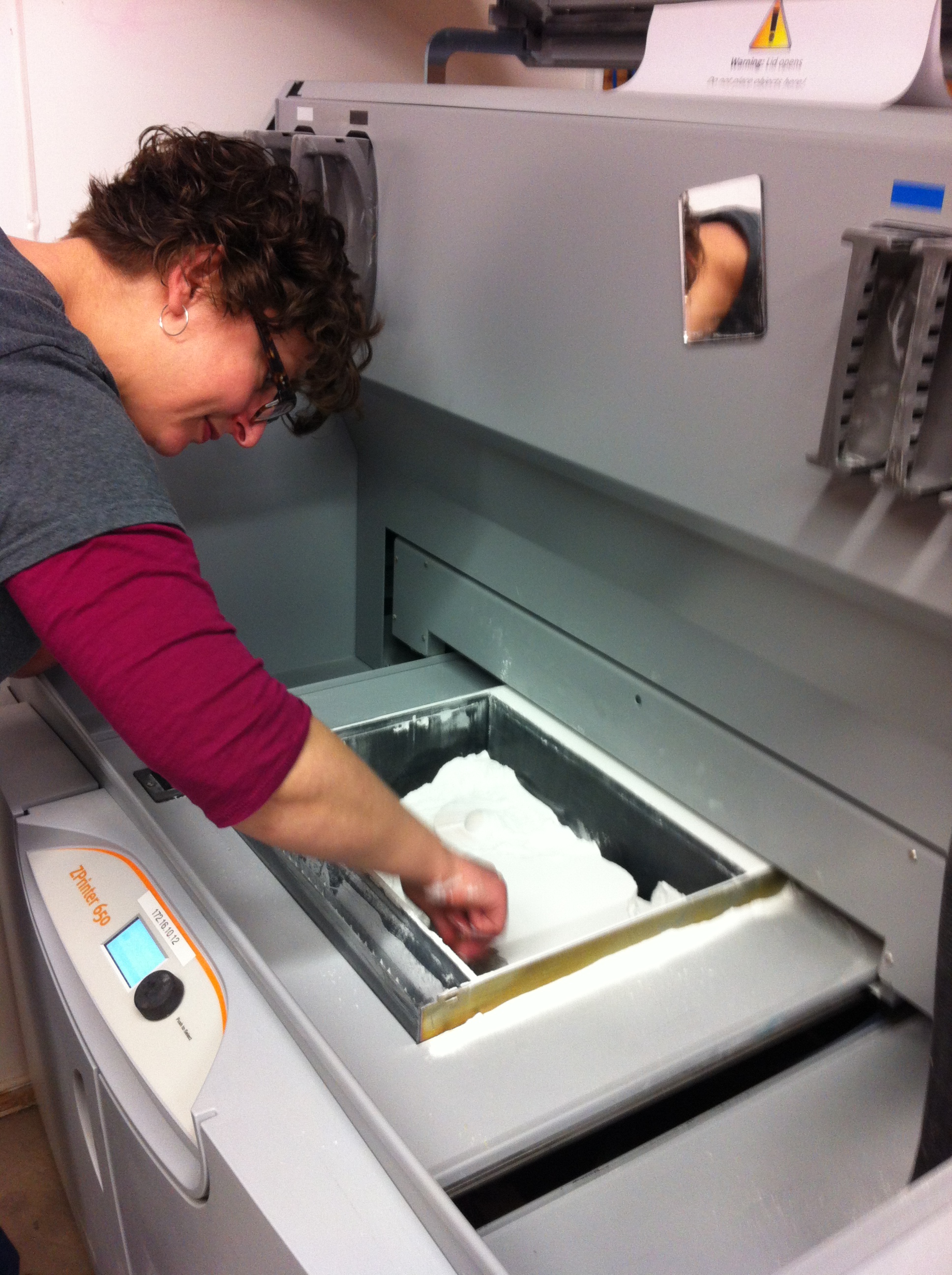
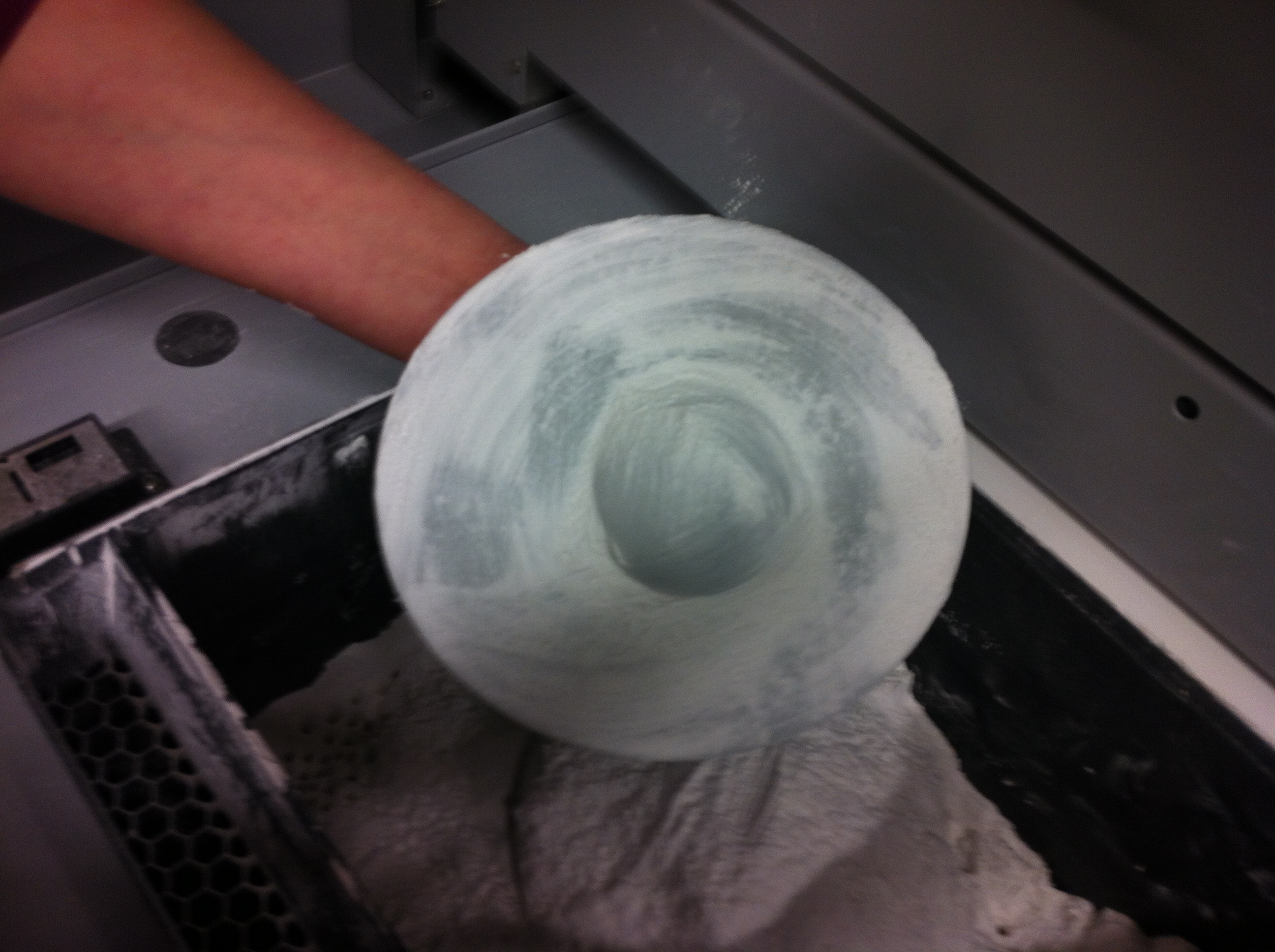
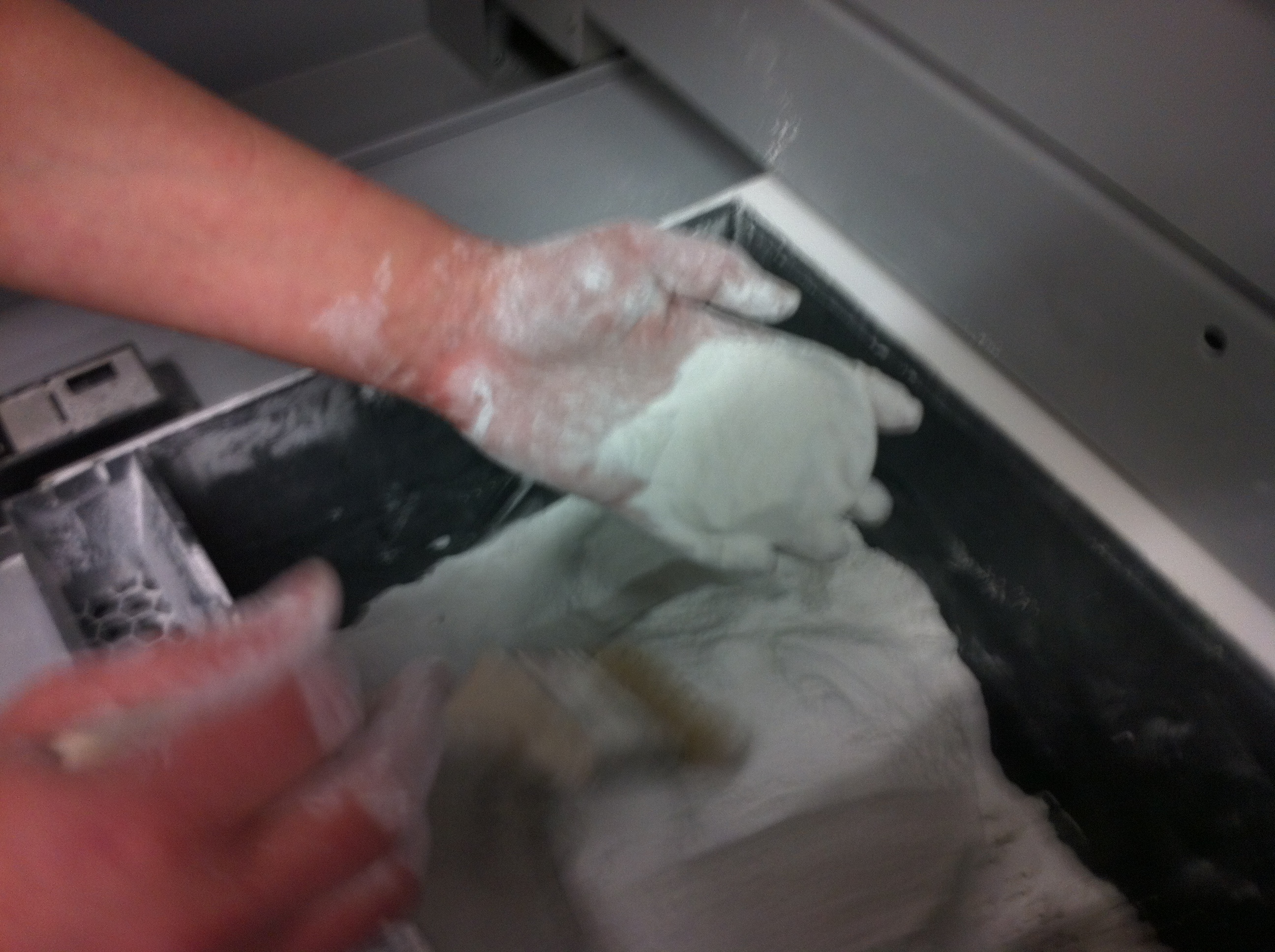
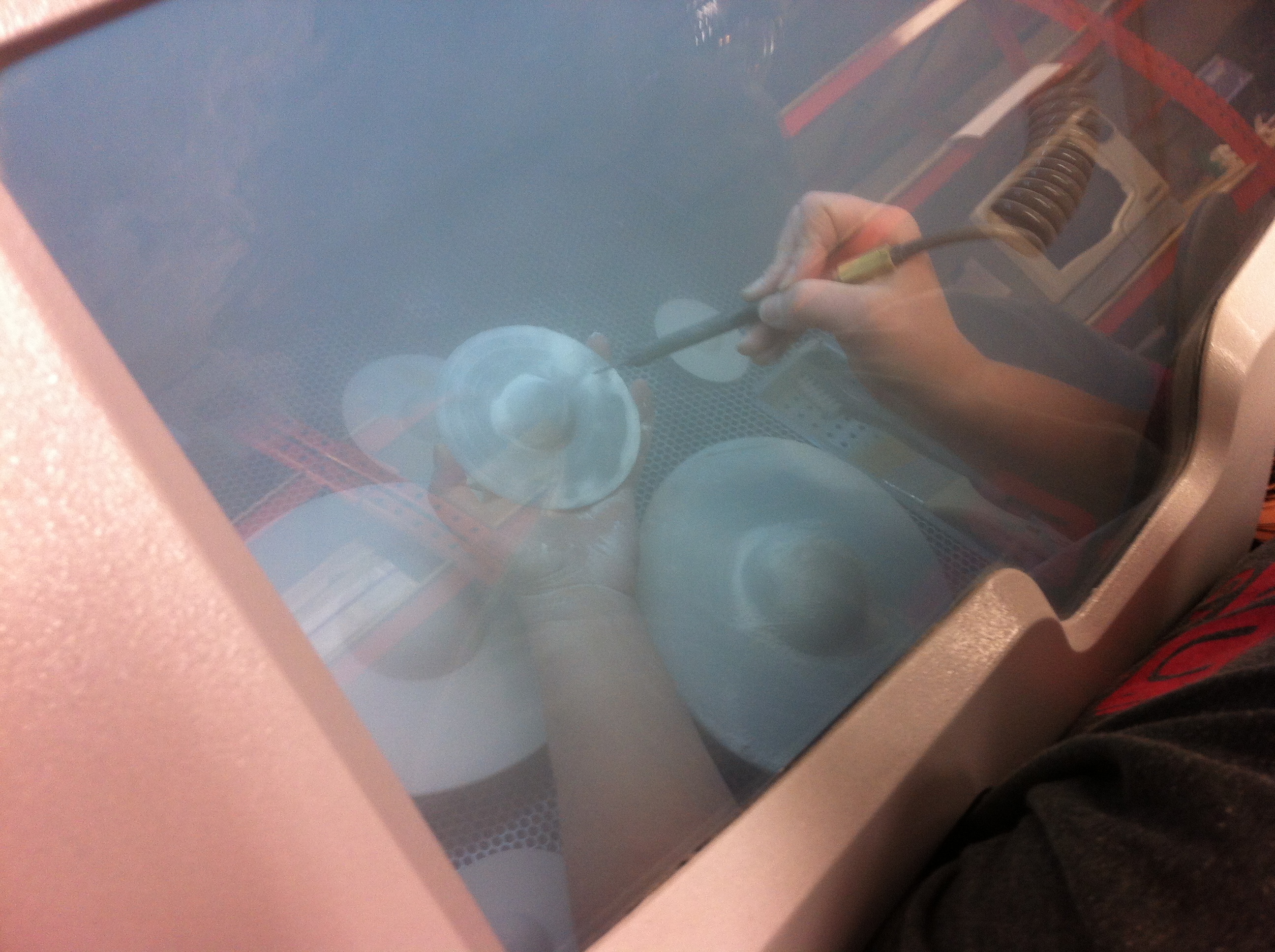

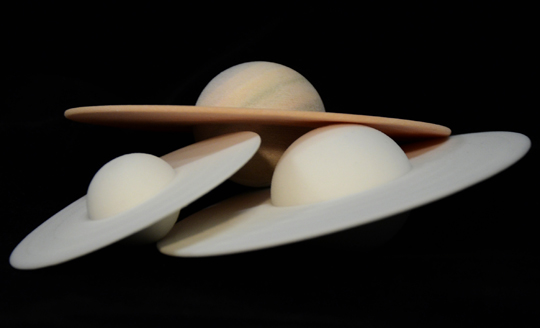
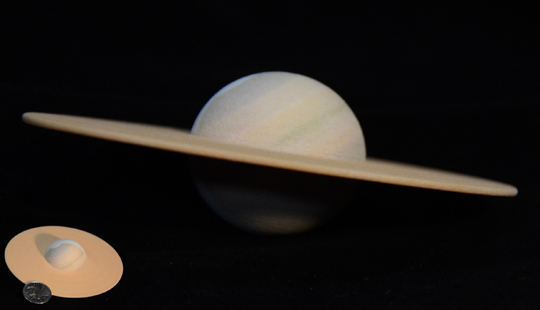
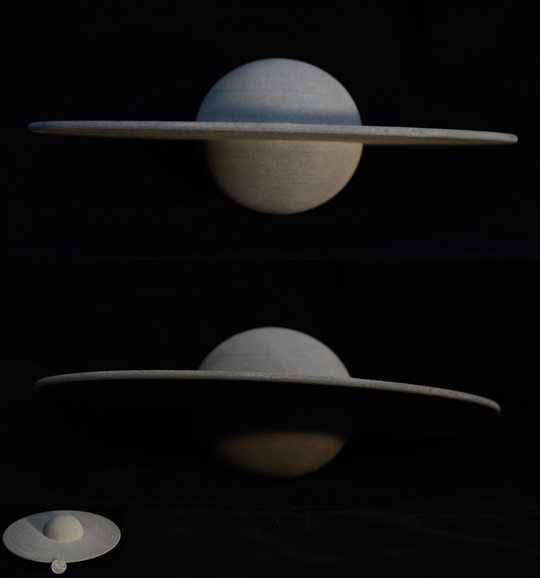
Beautiful stuff! So impressive!
Thanks Kayla!